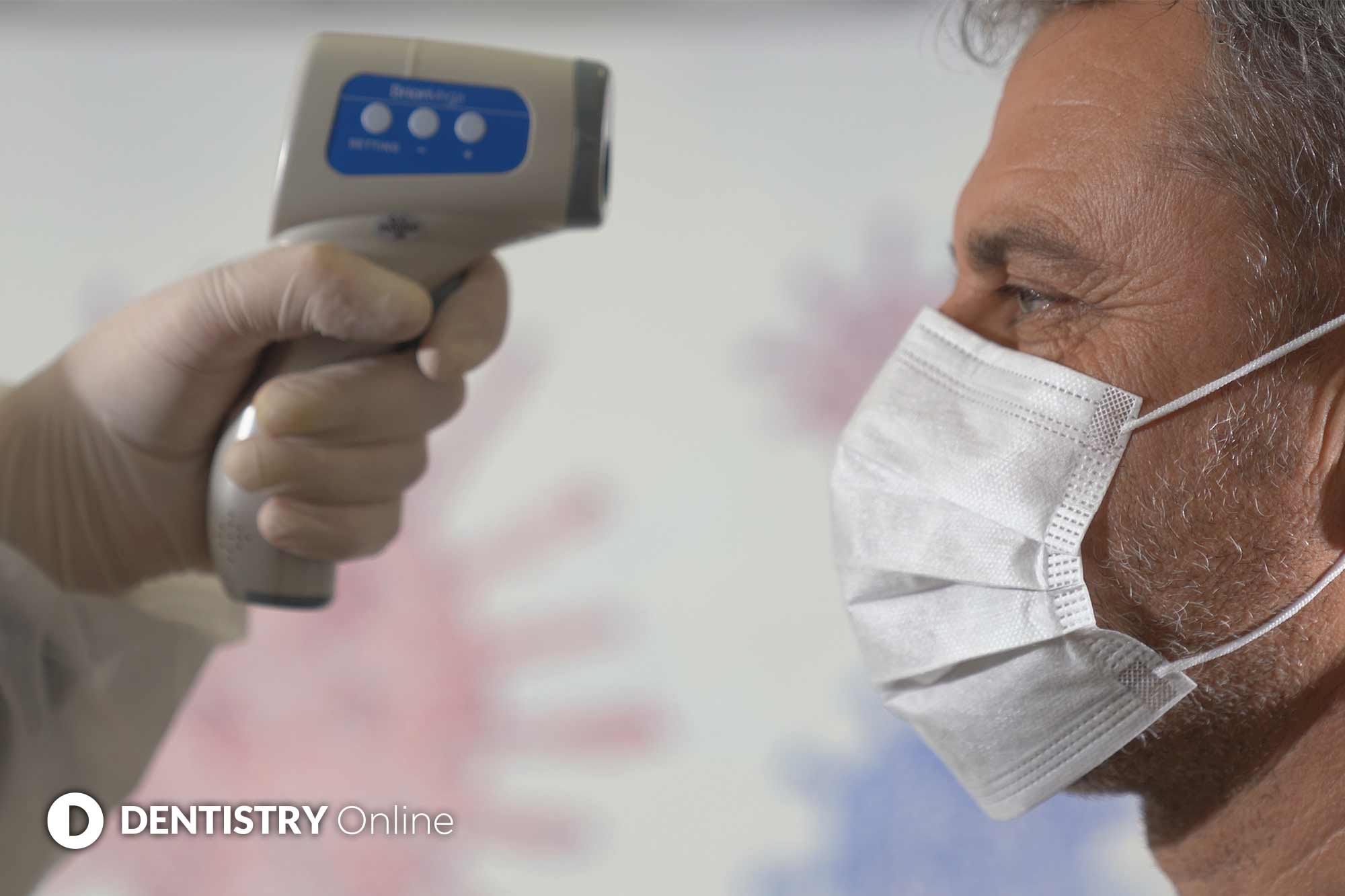 Temperature scanners are of limited accuracy when it comes to detecting COVID-19, it has been suggested.
Temperature scanners are of limited accuracy when it comes to detecting COVID-19, it has been suggested.
Experts in physiology argue that making people stand in front of temperature scanners to have their body temperature taken can lead to false negatives.
Instead, they suggest that taking temperature readings of a person’s fingertip and eye would result in more reliable results.
‘Inaccurate and impractical’
The study found the following:
- Temperature alone is not a good indicator of infection. Not all who have the virus have a fever. Many develop one only after hospitalisation
- Measuring skin temperature does not give an accurate estimation of deep body temperature and a direct measure of this is impractical
- A high temperature does not necessarily mean a person has COVID-19.
Professor Mike Tipton is co-author of the study and a physiologist at the University of Portsmouth. He said: ‘If scanners are not giving an accurate reading, we run the risk of falsely excluding people from places they may want, or need, to go. We also risk allowing people with the virus to spread the undetected infection they have.
‘Using a surface temperature scanner to obtain a single surface temperature, usually the forehead, is an unreliable method to detect the fever associated with COVID-19.’
Global effect
He added: ‘Too many factors make the measurement of a skin temperature a poor surrogate for deep body temperature; skin temperature can change independently of deep body temperature for lots of reasons. Even if such a single measure did reflect deep body temperature reliably, other things, such as exercise can raise deep body temperature.
‘The pandemic has had a devastating global effect on all aspects of our lives. Unfortunately, it’s unlikely to be the last pandemic we face. It’s critical we develop a method of gauging if an individual has a fever that’s accurate and fast.’
The most common symptom of 55,924 confirmed cases in China up to 22 February 2020 was fever. However, researchers argue that at least 11% of those with COVID-19 do not develop a fever.
Fewer than half of those admitted to hospital with suspected coronavirus have a fever.
Follow Dentistry.co.uk on Instagram to keep up with all the latest dental news and trends.


